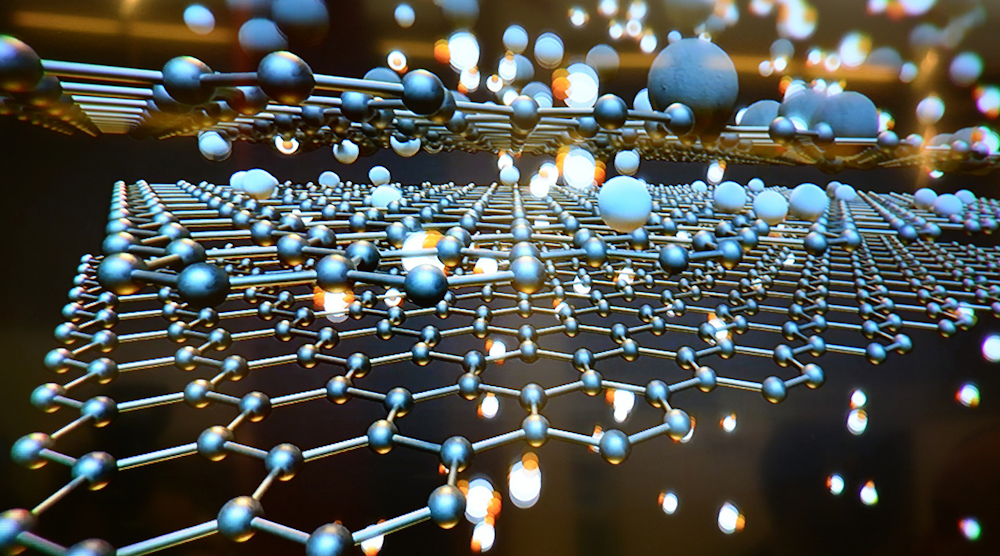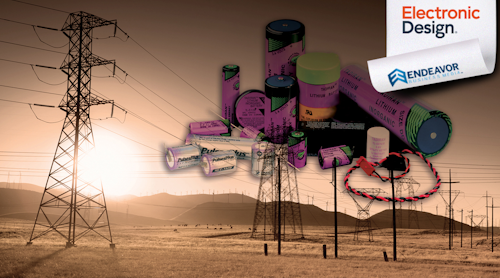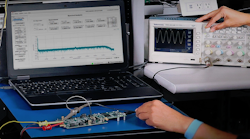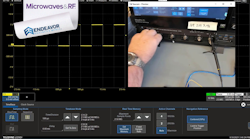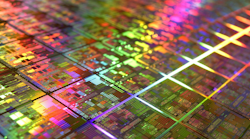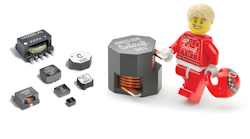Graphene, the super-material that’s stronger than steel, lighter than air, and highly conductive, is poised to impact industry at a scale that hasn’t been seen since the Industrial Revolution. Since its inception in modern form (one atom thickness—Konstantin Novoselov/Andre Geim, circa 2004), the material has taken on a seemingly unlimited application potential in many areas, including electronics, biological engineering, composite materials/coatings, membranes/filters, and perhaps most notably, energy applications.
When it comes to energy applications, scientists and engineers have utilized the material for everything from energy conversion to storage, including capacities and charge rates in new lithium-ion batteries. Graphene is also being applied to photovoltaic cells for highly efficient solar devices, as well as supercapacitors that are more powerful and efficient than what’s currently available.
Of course, the wonder material is being adapted to Li-ion batteries to increase densities and performance, let alone improve catalysis for fuel cells to boost rates of reaction. In this roundup, we’ll look at four graphene-driven advances that made waves in the energy industry over the last few years.
1. Graphene Oxide Nanosheets
(图片来源:UIC)
Researchers at the University of Illinois at Chicago (UIC) developed a solution that could bring lithium-metal batteries to the market: Graphene is used to prolong battery life and keep them from catching fire. Normal lithium-metal based batteries can hold up to 10X more charge over their Li-ion counterparts, but haven’t been utilized for mobile devices or EVs due to their relatively short life and tendency to catch fire because lithium tends to be deposited unevenly on the electrodes.
The researchers have overcome those issues by developing what they term “graphene-oxide nanosheets.” These are actually used as separators placed between the two electrodes to prevent the lithium from being deposited unevenly, and allow the battery to charge/discharge for hundreds of cycles before needing to be replaced.
2. Bio-inspired Nanostructure for Supercapacitors
(图片来源:University of Nevada)
Mechanical engineers from the University of Nevada came up witha new electrode design inspired by tree branchesthat could bring about new supercapacitors capable of storing more energy and lasting longer than any on the market today. In a recentpaperentitled “Bioinspired leaves-on-branchlet hybrid carbon nanostructure for supercapacitors,” the engineers describe how their design increases the surface area of the electrode by growing graphene petals on tunnel-shaped carbon nanotube arrays.
This branching structure provides an increased surface area for the electrode to absorb energy-storing ions, and can store and produce the same amount of power as more substantial and heavier electrodes. The engineers state their next project will be to develop a manufacturing process to ramp up production of their bio-inspired structure for commercial applications.
3. White-Graphene Nanomaterials for Efficient Hydrogen Storage
(图片来源:Rice University)
While hydrogen is one of the cleanest ways to generate electricity (produces water as its only byproduct), it has some drawbacks in terms of portability, storage, and safety. It also requires specially designed storage tanks to mitigate those issues. However, Rice University engineers createda way to store hydrogenthat overcomes those problems, and quickly (and safely) release it on demand when needed.
The engineers’ solution was to design a storage architecture utilizing “white-graphene” nanomaterials, better known as hexagonal boron nitride. In their solution, a honeycomb-lattice structure of boron nitride is stacked on top of one another, supported by boron pillars—a structure similar to graphene regarding atom spacing.
Boron nitride is known to be superior to graphene when it comes to hydrogen absorption—it holds the hydrogen through physical bonds, making the nanomaterial highly stable while in storage. It also makes it easier to discharge that hydrogen when needed. In fact, the white-graphene design meets or exceeds U.S. Department of Energy storage targets for light-duty fuel-cell vehicles and could be found in EVs sometime in the near future.
4. Flexible Graphene Solar Cell
(图片来源:MIT)
Solar cells are one area that could greatly benefit from graphene. Researchers from MIT used the material to developflexible, transparent cells可以安装在各种表面,包括ding glass, plastic, and even tape. The team developed its solar cell using graphene electrodes deposited on an organic, transparent substrate, and sprayed a thin layer of ethylene-vinyl acetate (EVA) to stick them together. The new solar cell exhibited an optical transmittance of 61% across the entire visible light spectrum with a power-conversion efficiency that ranged from 2.8% to 4.1%.
Most of the graphene-based advances in energy center on these four categories, and have been in development for the last 14 years. The material has allowed engineers and researchers to move beyond ordinary metals to achieve these remarkable breakthroughs, with more developments being announced seemingly every few months or so.
The lingering question is when these breakthroughs will become readily available on the market or available for commercial and industrial use. One of the more mitigating factors has to do with graphene production, as it’s challenging to produce in large quantities efficiently and cheaply. While small-scale manufacturing of the material is out there, processes to go large-scale are still far off. Until that hurdle is passed, we’re unlikely to see commercial or industrial applications for some time yet.

